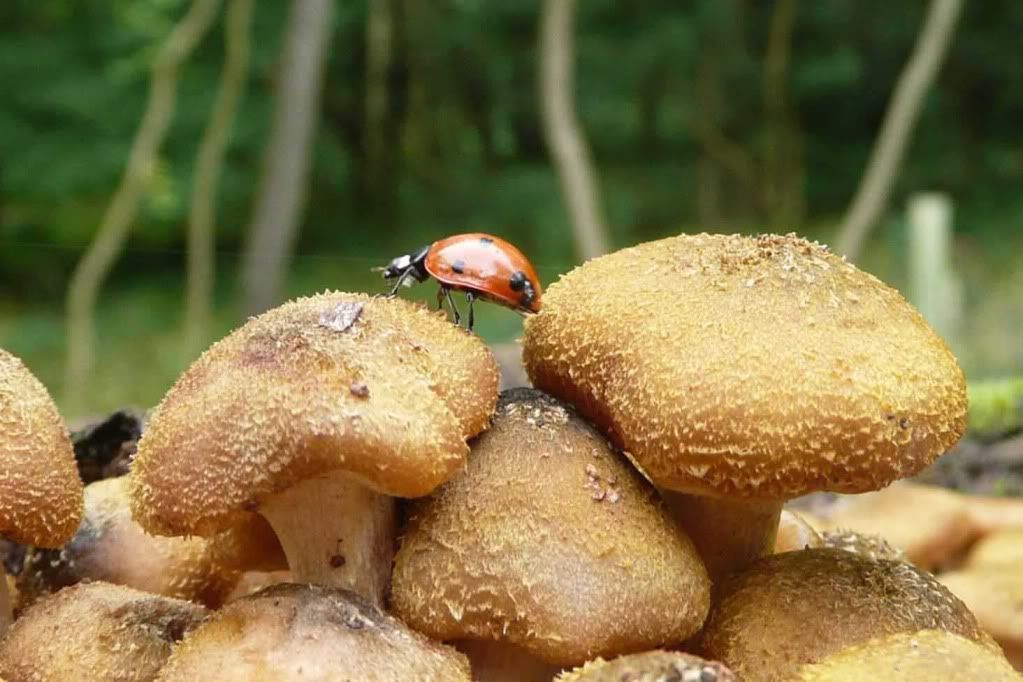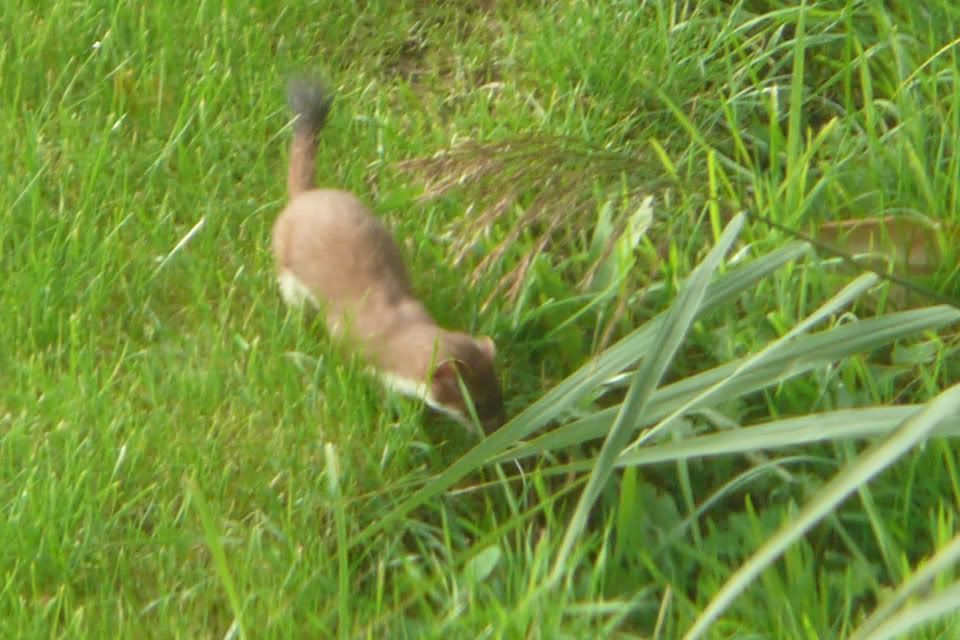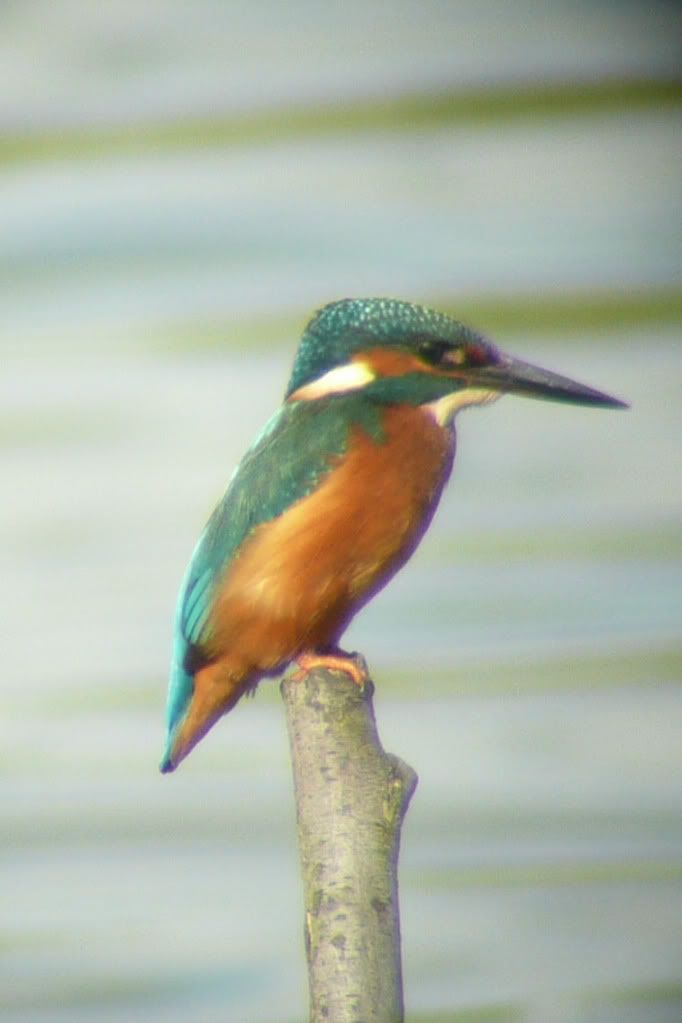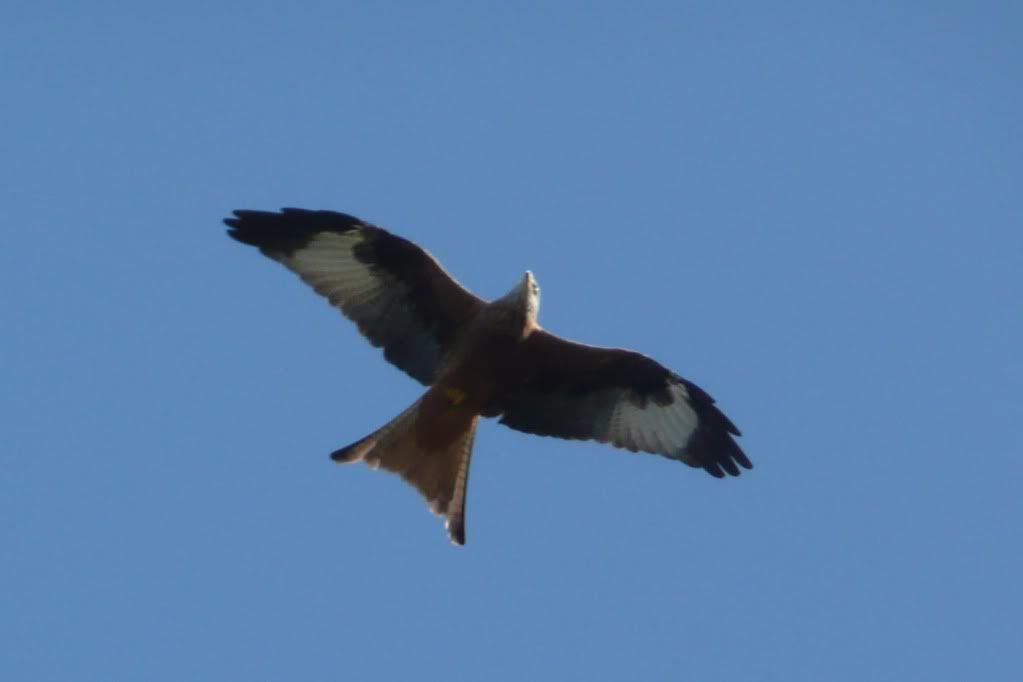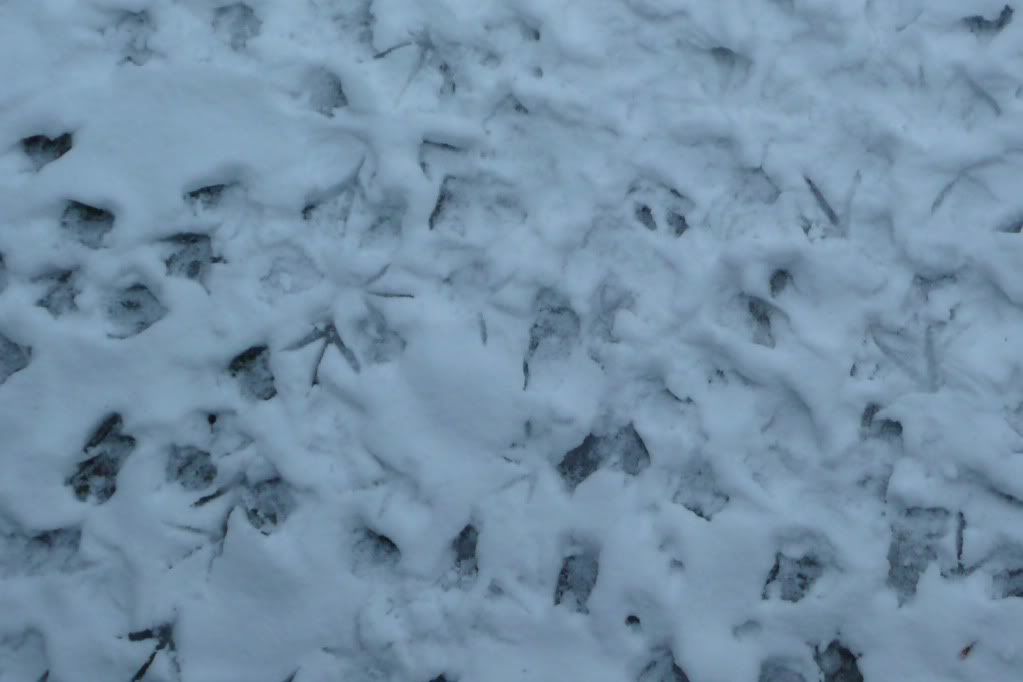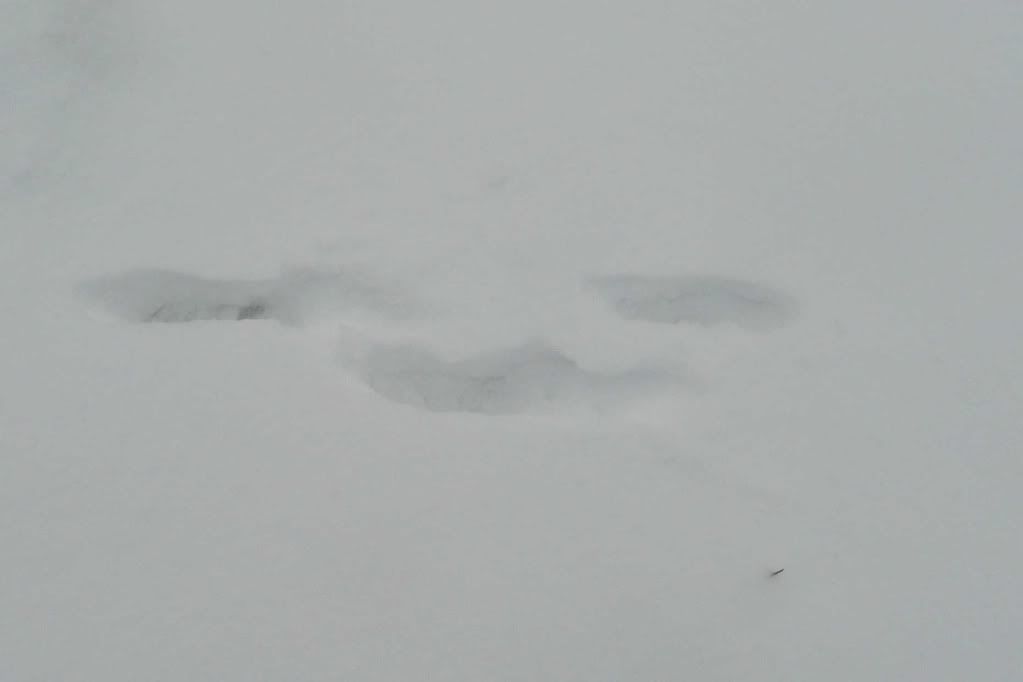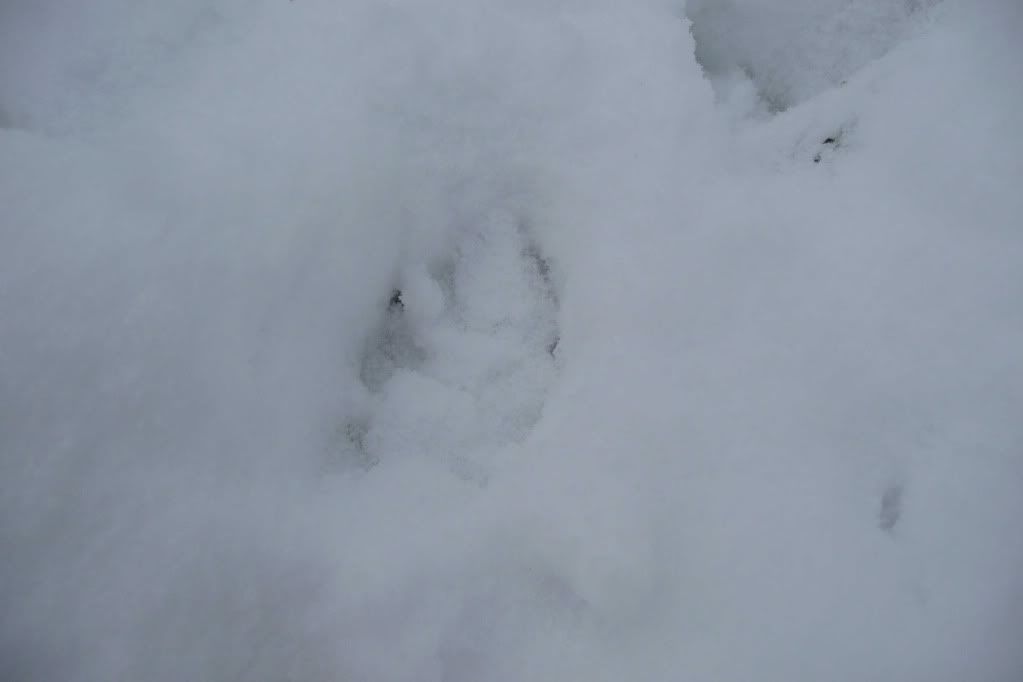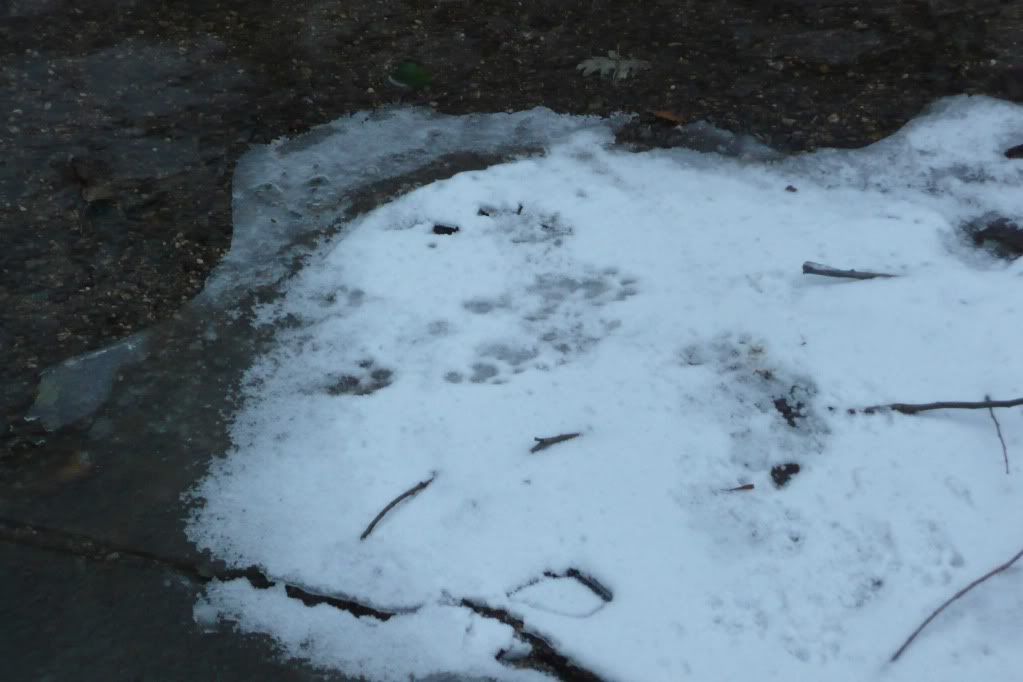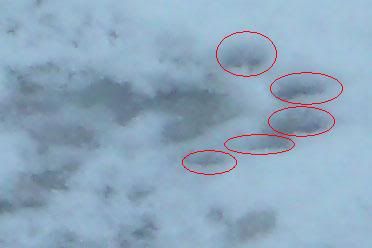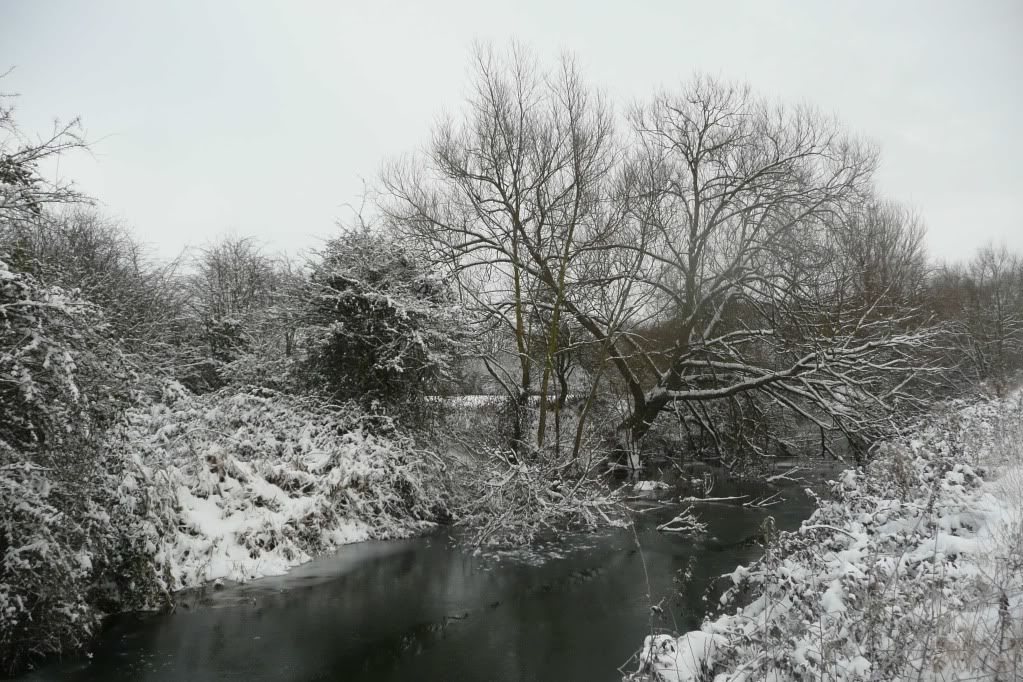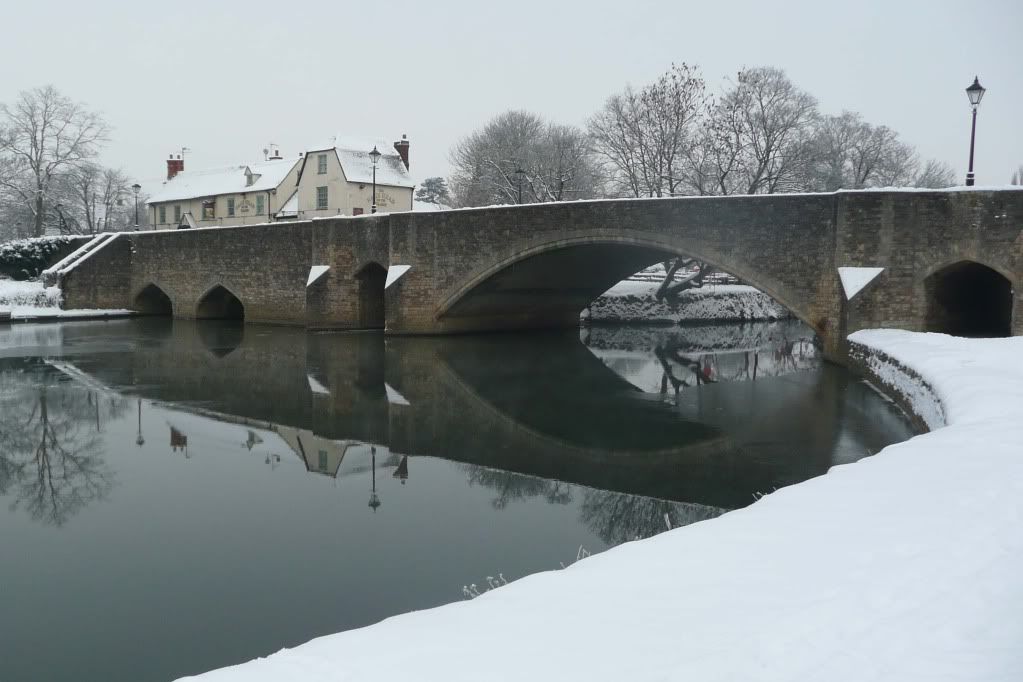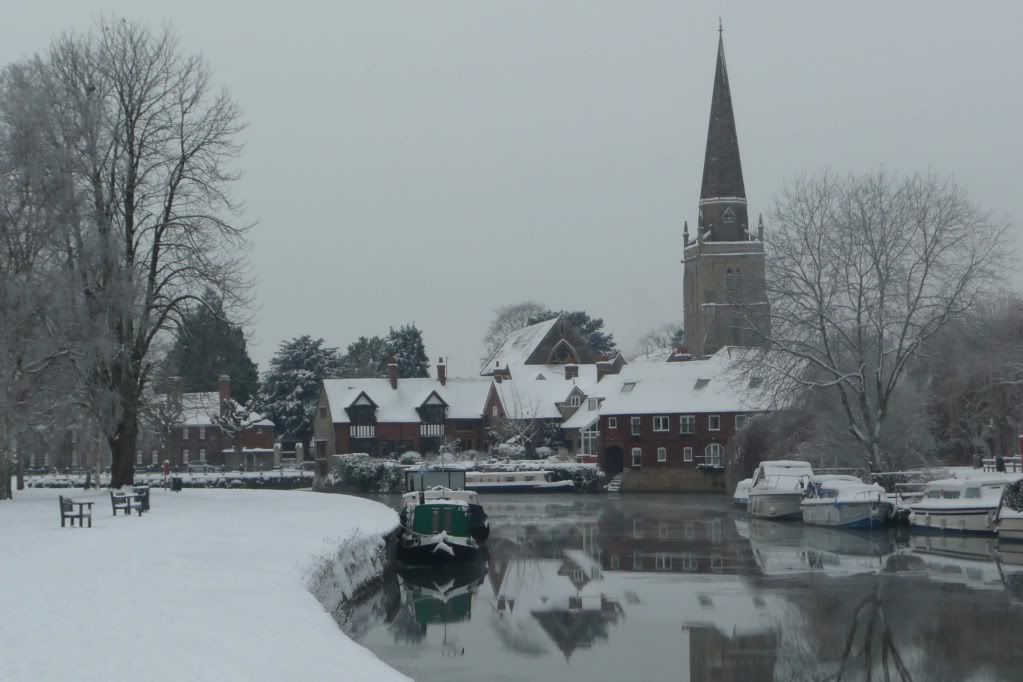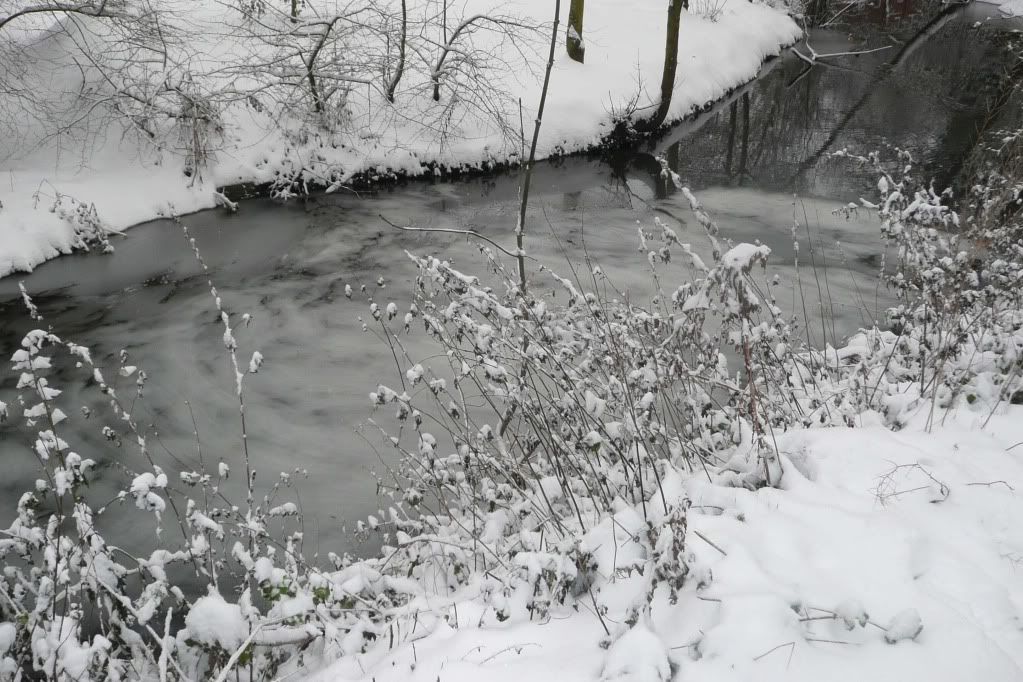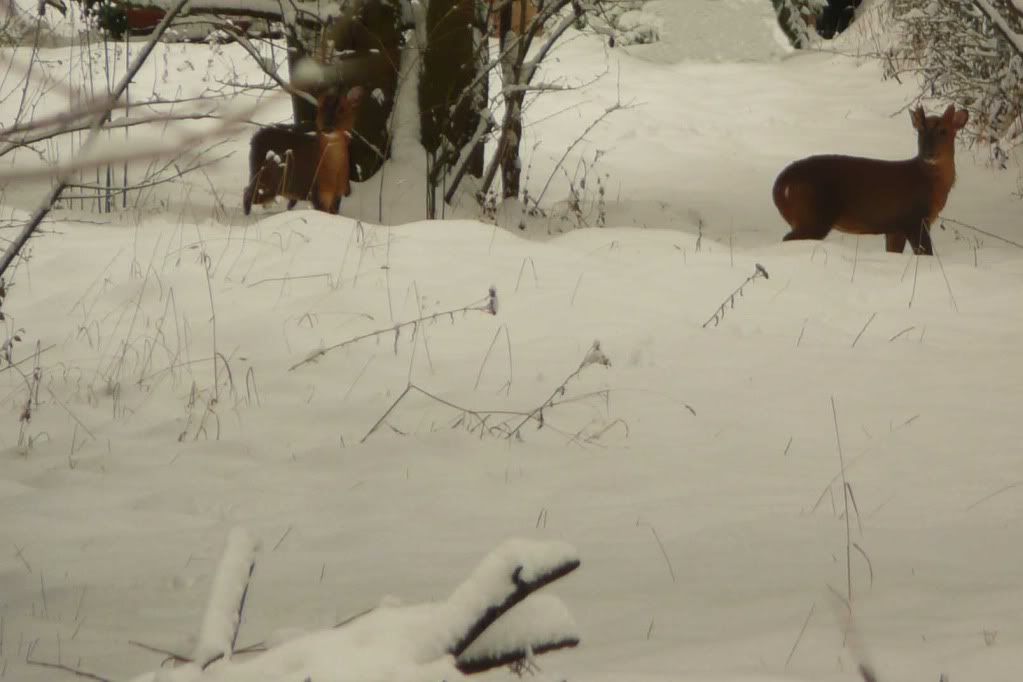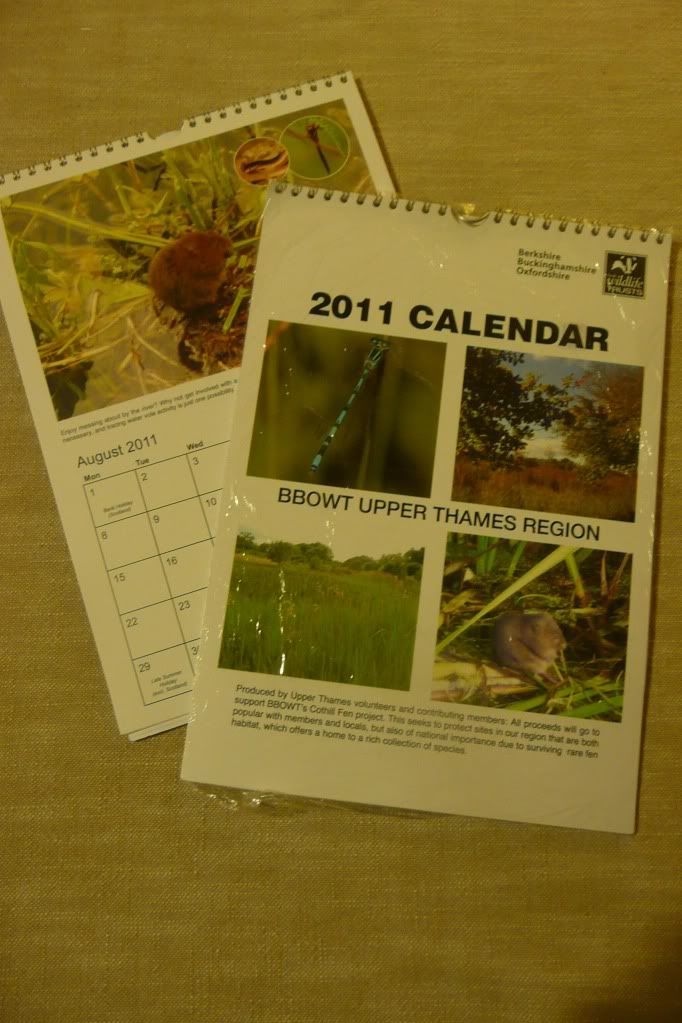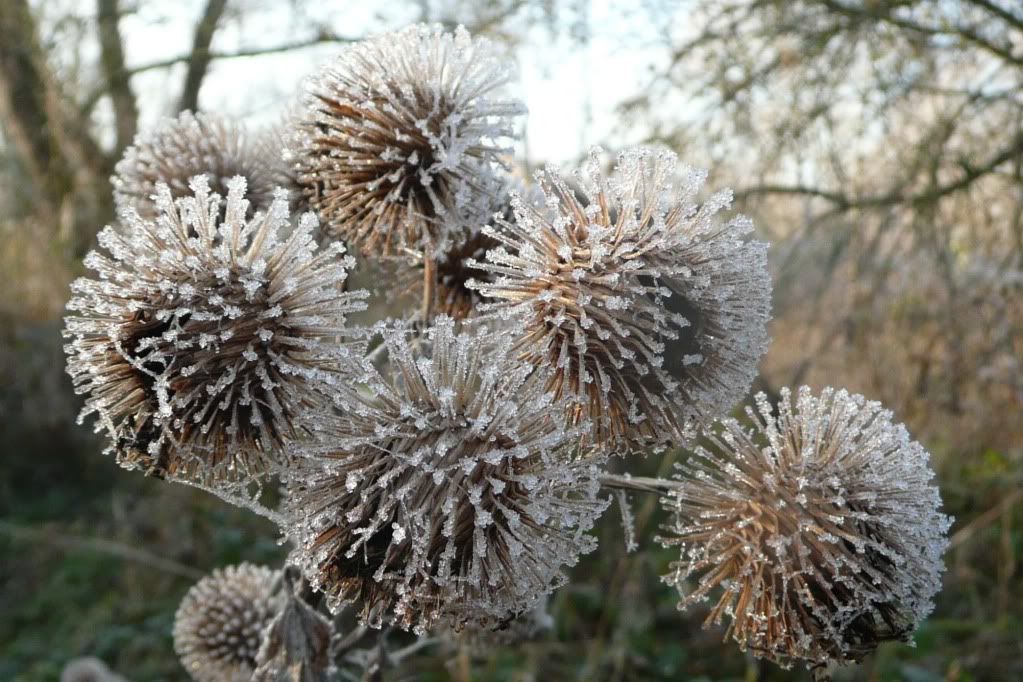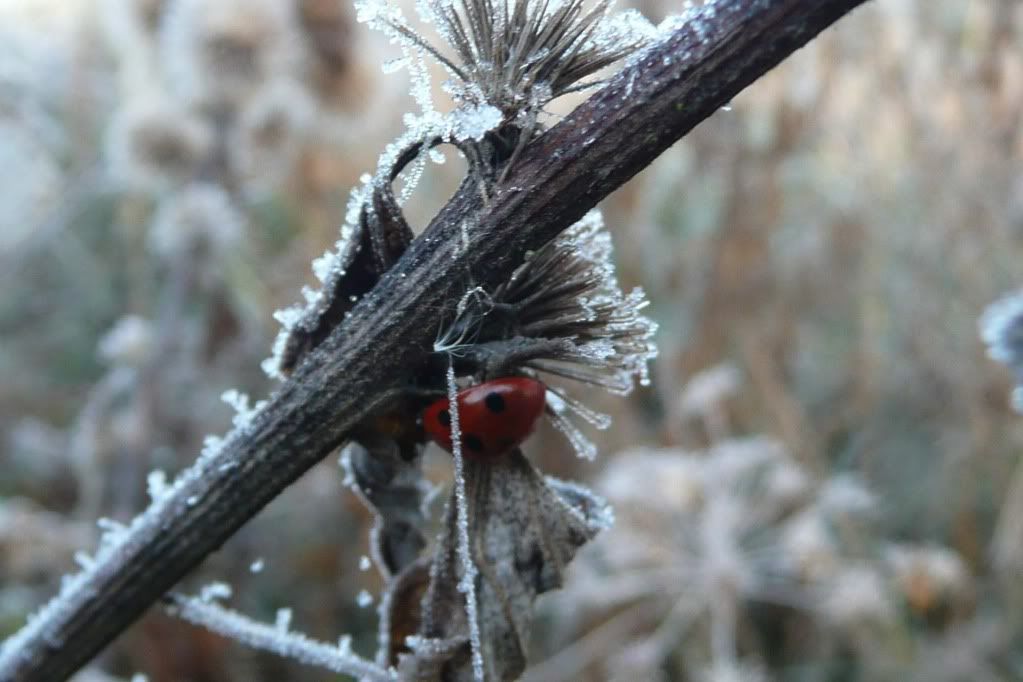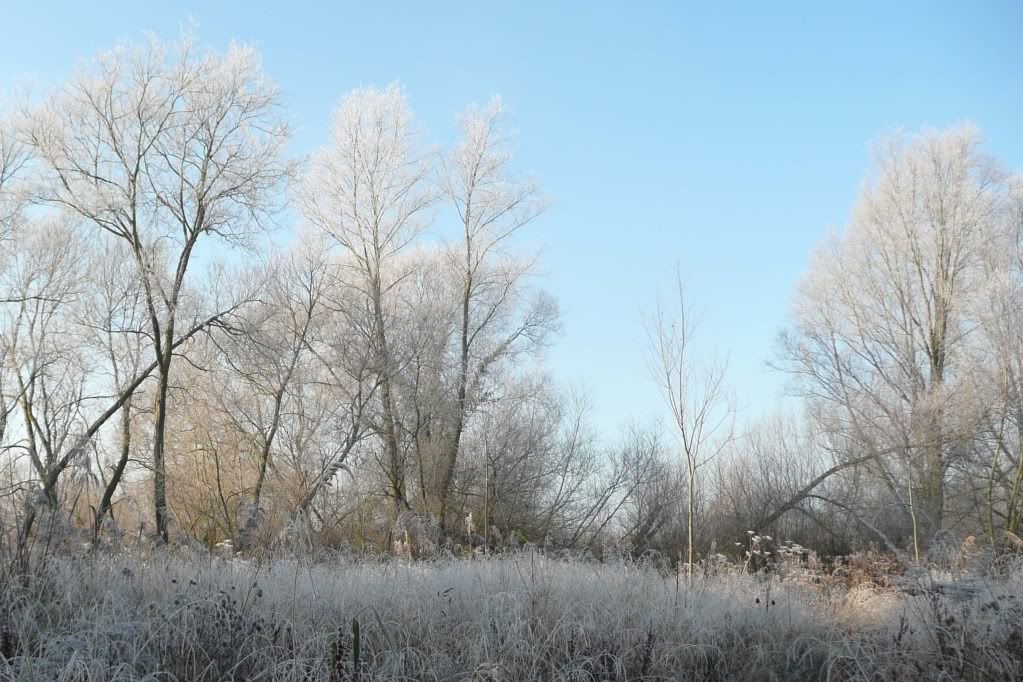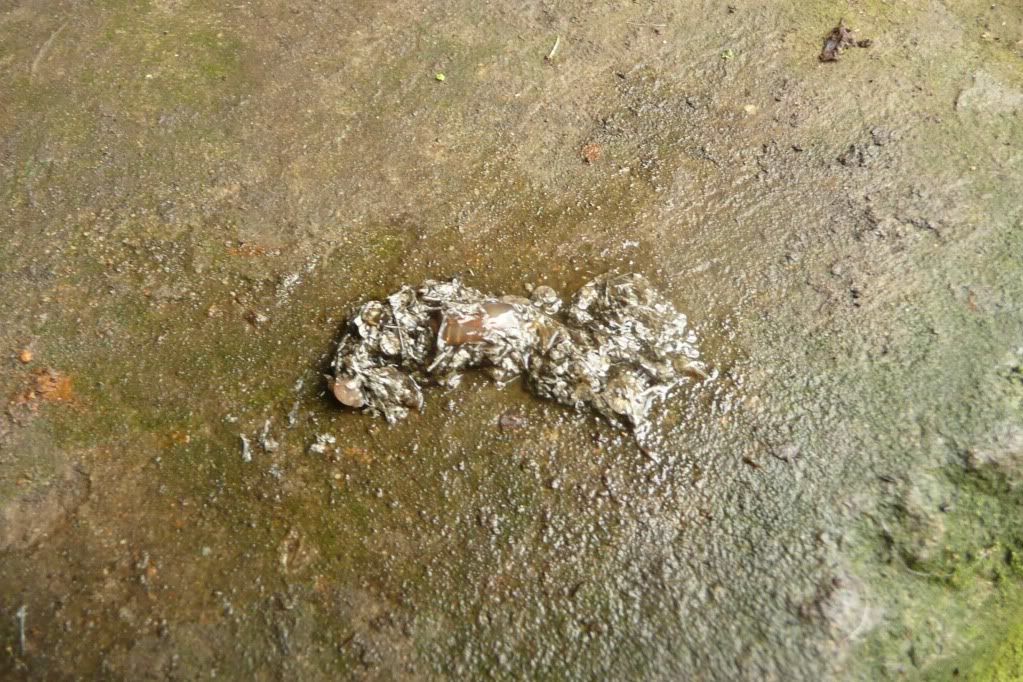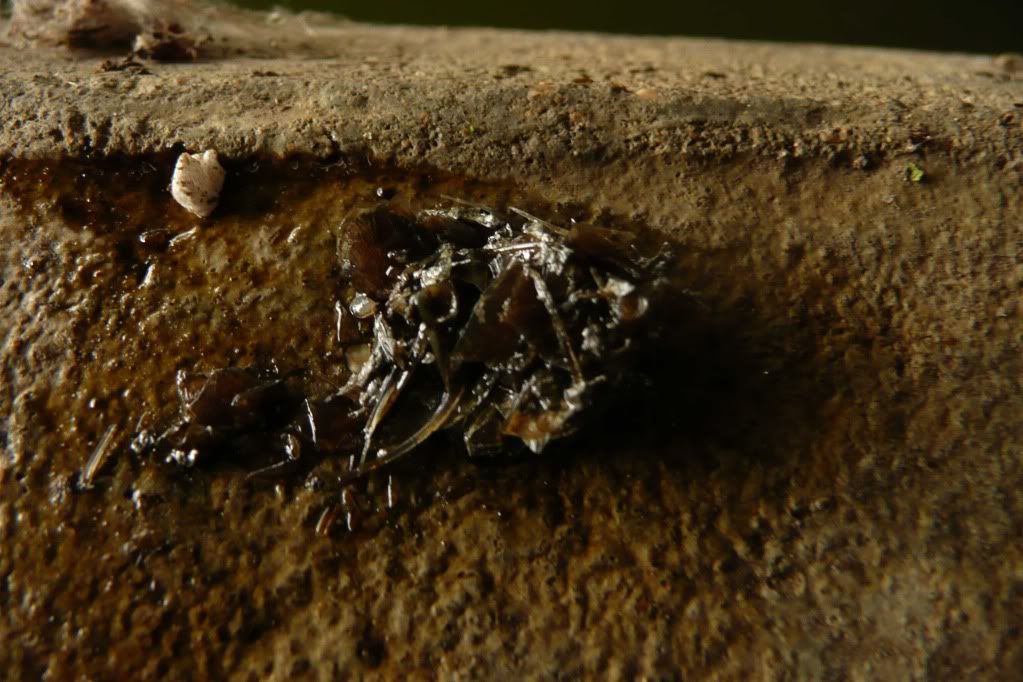.
Wytham Woods: During 2010 this blog ventured further afield - from the beech trees of Buckinghamshire to a Ghost Forest in Oxford. But probably the favourite places visited is Wytham Woods near Oxford.
As it is owned by the University of Oxford it requires a permit to visit and as a result you are more likely to encounter a badger than a dog walker.
http://viewsoftheock.blogspot.com/2010/10/way-through-woods.html
With over 200 different types, it is also a great place to try to search for fungus:
.
.
Even armed with two field guides and an iPod app it proved to be very difficult: http://viewsoftheock.blogspot.com/2010/10/more-fungus.html.
Views of Norfolk: Written after a holiday in Norfolk and despite not being near the Ock (or Oxfordshire) it does contain two of my favourite photographs taken this year - a stoat (one of my favourite animals), given it's proximity to a small stream, it could be hunting water voles:
.
.
And possibly the best kingfisher photo I'll ever take, it did help that I was in a hide - something which isn't possible on the Ock..
.
The full post (and seal photos) at: http://viewsoftheock.blogspot.com/2010/09/views-of-norfolk.html
.
Birds of Prey: Once rare, birds of Prey are now quite common. Buzzards now nest near-by; peregrines can been seen in Oxfordshire (I've seen them at Otmoor) and kestrels are often seen hunting over the fields. But to have a sparrowhawk in the garden was a bonus(even though it is a rubbish picture) and I have struggled to get decent picture of a red kite since (once extinct in England, now have made a remarkable comeback), so it was good to finally get one.
.
.
The full post: http://viewsoftheock.blogspot.com/2010/10/birds-of-prey.html
.
Water Voles: Nearly 20% of the this years posts have been about water voles, so there are plenty to choose from, but my favourite is the post documenting the water voles on Radley Brook where I managed to film this one eating an apple core I left for it (not quite Terry Whittaker standard).
..
The full post (and more films): http://viewsoftheock.blogspot.com/2010/09/movies-from-radley-brook.html
.
Otter:The otter activity in the Ock has become a bit of an obsession in recent posts, perhaps not surprising as it was only 20 years ago that they were extinct in Oxfordshire, now they have recolonised the Ock and the Thames and without doubt my favourite post of the year was back in February when I first found signs of otters (even if it was just a pile of poo!!):
.
.
The full post is at: http://viewsoftheock.blogspot.com/2010/02/in-search-of-otters.html
.
Thank you to everyone who has read this blog in the past 12 months, whether a regular or an occasional visitor and thank you to everyone who has commented on this blog - hopefully there has occasionally been something of interest.
